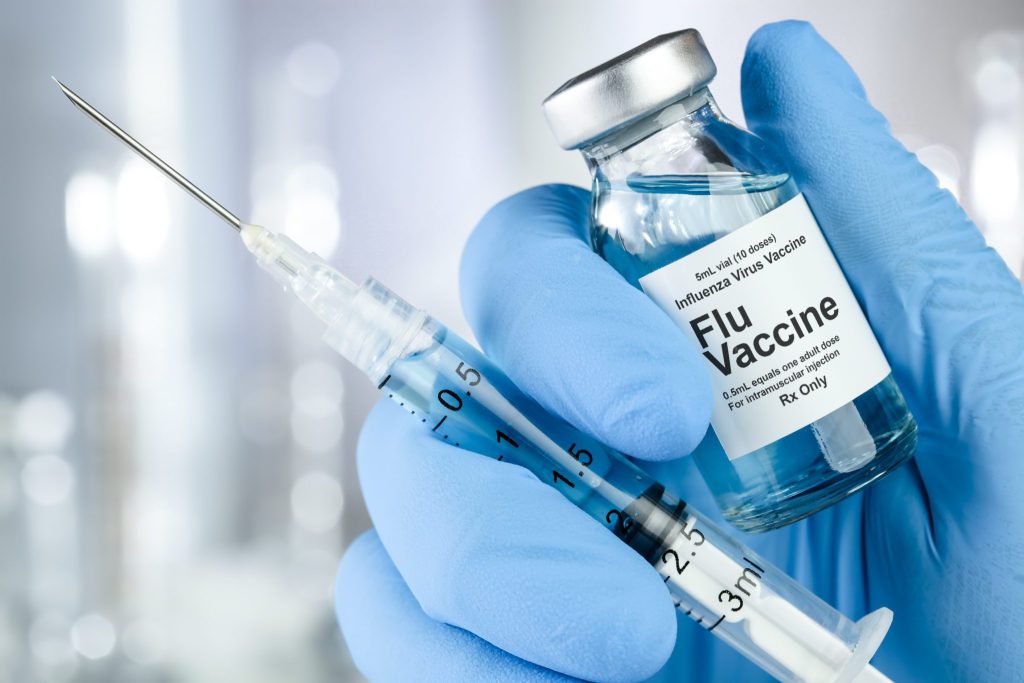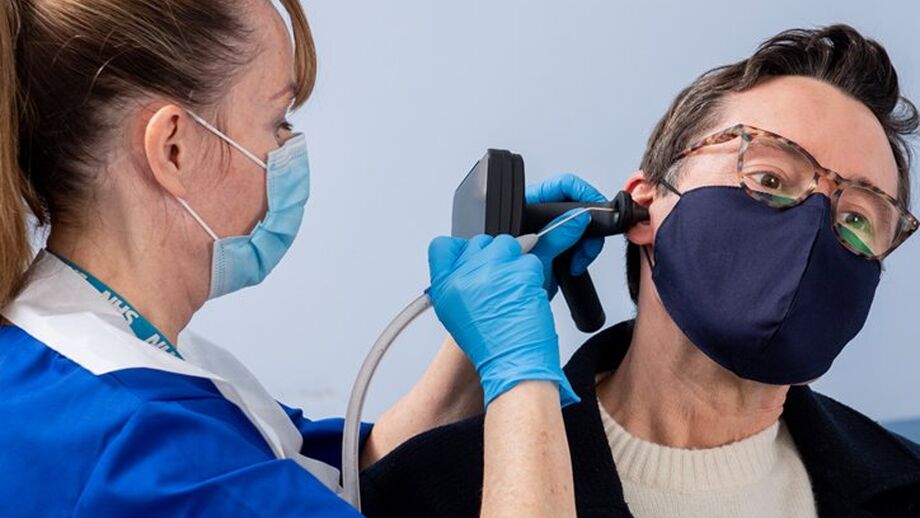Ear wax, or cerumen, is a natural substance produced by glands in the ear canal. While it serves important functions like trapping dust and debris, excessive wax buildup can lead to discomfort, hearing loss, and other issues. One effective method for ear wax removal is microsuction, a procedure that offers several advantages over traditional methods. Here’s what you need to know about this procedure.
What is Microsuction?
Microsuction is a modern technique used to remove ear wax safely and efficiently. Unlike ear syringing, which uses water to flush out wax, microsuction employs a gentle suction device to remove excess wax and debris from the ear canal. This method is performed by trained professionals, ensuring a precise and comfortable experience.
How Microsuction Works
The microsuction procedure typically begins with a thorough examination of the ear canal. Using a microscope or an endoscope, the practitioner can visualize the ear’s interior, allowing for accurate identification of wax buildup or other issues.
The suction device, which is small and lightweight, is then carefully inserted into the ear canal. The practitioner gently activates the suction to remove wax, while ensuring that no damage occurs to the ear canal or eardrum. Because of the high level of visibility and control offered by the microscope, the procedure is both effective and safe.
Benefits of Microsuction
- Safety: Microsuction is considered a safer alternative to traditional methods like ear syringing. Since it does not involve the use of water, there is a reduced risk of infection and damage to the eardrum. Additionally, it minimizes the chance of water becoming trapped in the ear, which can lead to complications.
- Immediate Results: Patients often experience immediate relief from symptoms such as hearing loss or discomfort after the procedure. The suction technique effectively removes wax in a matter of minutes, allowing you to hear clearly right away.
- Minimal Discomfort: Most patients find microsuction to be a comfortable procedure. The use of a suction device eliminates the need for pushing water into the ear, which can sometimes cause discomfort or a feeling of pressure.
- Visibility: The procedure is performed using a microscope or an endoscope, allowing the practitioner to have a clear view of the ear canal. This visibility ensures thorough cleaning and allows the practitioner to address any underlying issues.
- Quick Procedure: Microsuction typically takes only 15 to 30 minutes, making it a convenient option for those with busy schedules.
- Customizable Approach: Each ear is unique, and the microsuction technique can be adjusted based on the individual’s ear anatomy and wax buildup. This personalized approach enhances the effectiveness of the procedure.
What to Expect During the Procedure
- Consultation: Before the procedure, you will have a consultation with a healthcare professional who will assess your ear health and discuss any concerns you may have. This is also a good time to ask questions about the procedure.
- Preparation: You may be advised to soften the ear wax with drops a few days prior to the appointment. This helps make the removal process easier and more effective. Your healthcare provider will give you specific instructions on how to use these drops.
- Microsuction Process: During the procedure, you will be seated comfortably, often in an upright position. The practitioner will use a suction device along with a microscope to remove the wax gently. You may hear the sound of the suction, but it should not be painful. Some patients report a slight tickling sensation, while others may feel nothing at all.
- Post-Procedure Care: After the removal, you may receive instructions on how to care for your ears. It’s important to avoid inserting anything into your ear canals in the days following the procedure. Additionally, if you experience any unusual symptoms, such as pain or discharge, you should contact your healthcare provider.
When to Seek Treatment
You should consider seeking treatment if you experience any of the following symptoms:
- Hearing Loss: A gradual or sudden decrease in hearing can indicate wax buildup.
- Earache or Discomfort: Pain in the ear may signal a blockage that requires removal.
- Itching in the Ear Canal: This can be a sign of excess wax or irritation.
- A Feeling of Fullness or Pressure in the Ear: If your ears feel blocked, it may be due to wax buildup.
- Unusual Odors or Discharge from the Ear: This could indicate an infection or other issues that need attention.
FAQs About Microsuction
1. Is microsuction painful?
Most patients report minimal discomfort during the procedure. The suction is gentle, and the use of a microscope allows for precise movement, reducing the risk of pain.
2. How often should I have my ears checked?
It varies by individual, but if you are prone to ear wax buildup, an annual checkup or as recommended by your healthcare provider may be beneficial.
3. Can anyone have microsuction?
While most people are suitable candidates, those with certain ear conditions may need to be evaluated beforehand. Always consult with a healthcare professional.
4. How long does it take to recover?
There’s typically no recovery time needed, and most patients can return to their normal activities immediately after the procedure.
Microsuction is a safe and effective method for ear wax removal, providing immediate relief from the symptoms associated with excessive wax buildup. If you’re experiencing issues related to ear wax, consult a healthcare professional at Avante Pharmacy for a thorough evaluation and treatment options. Keeping your ears healthy is essential for overall well-being, and microsuction could be the right solution for you.







